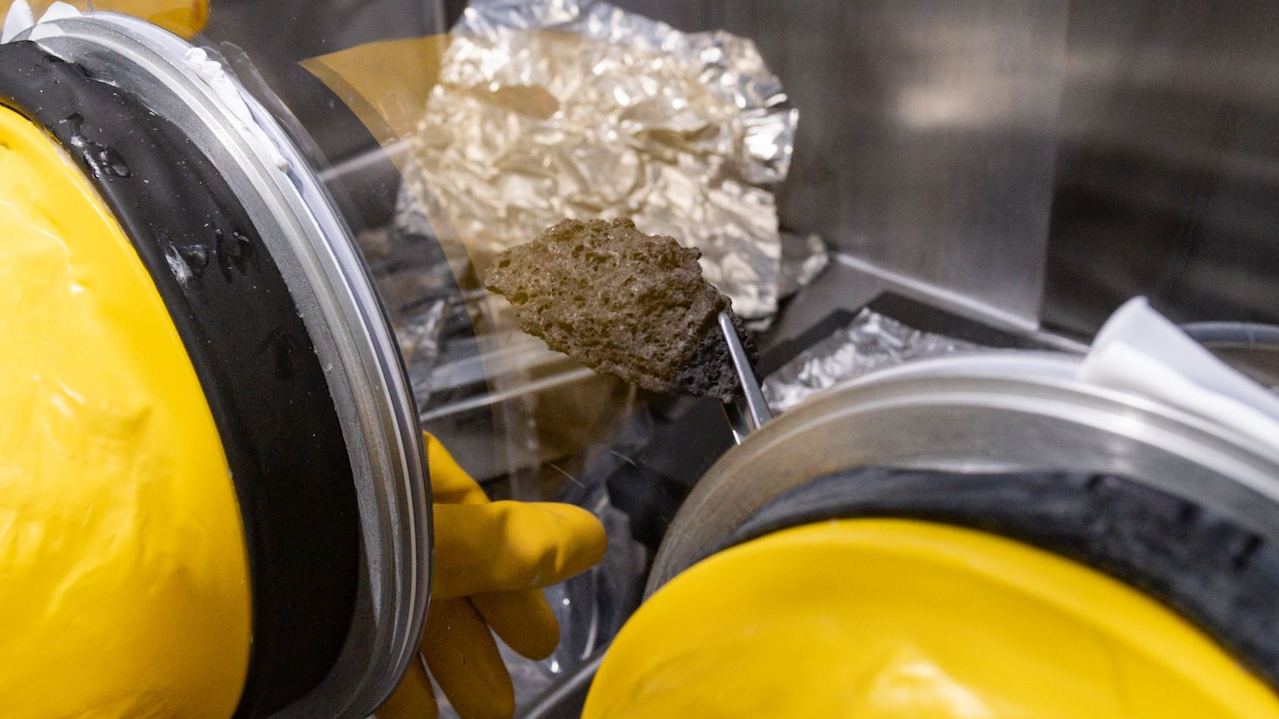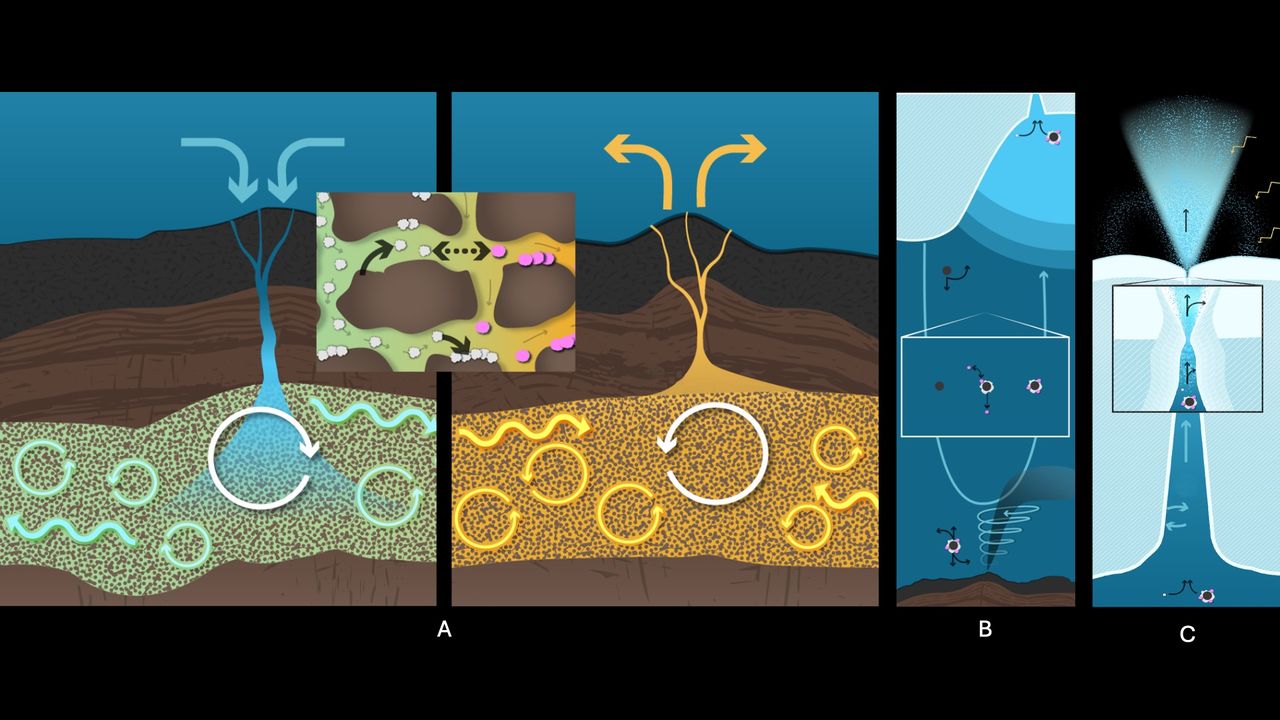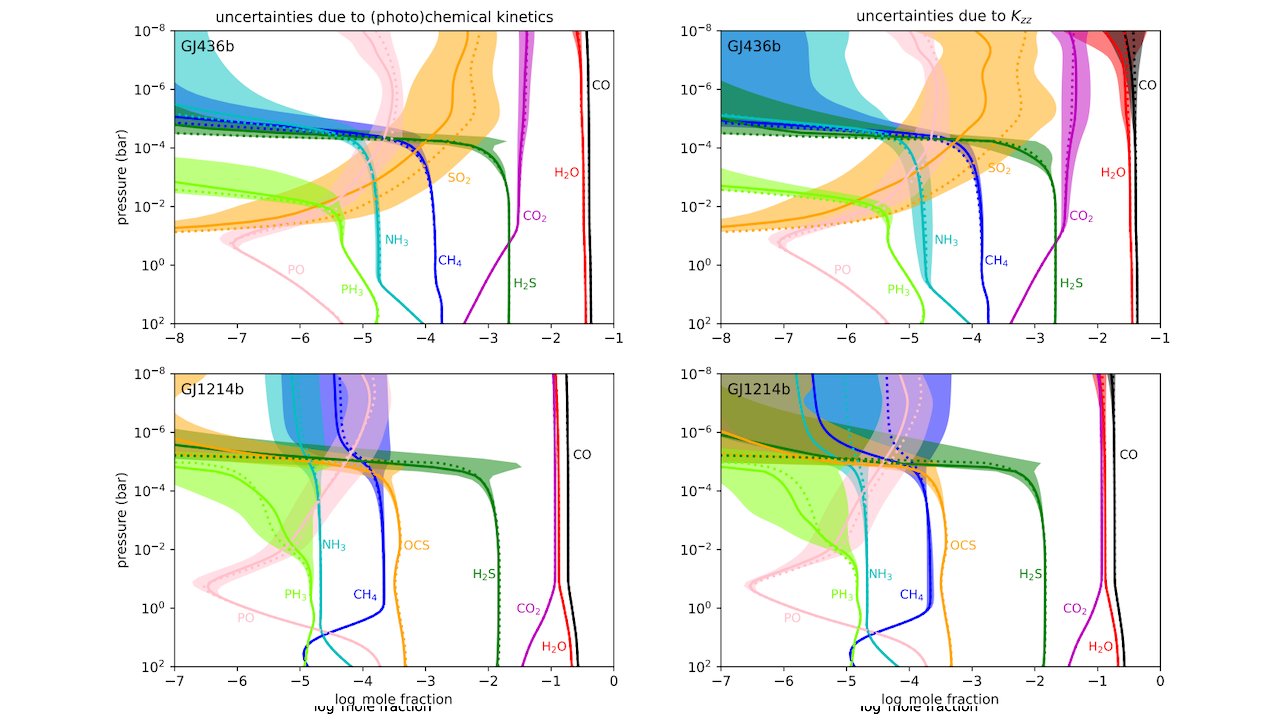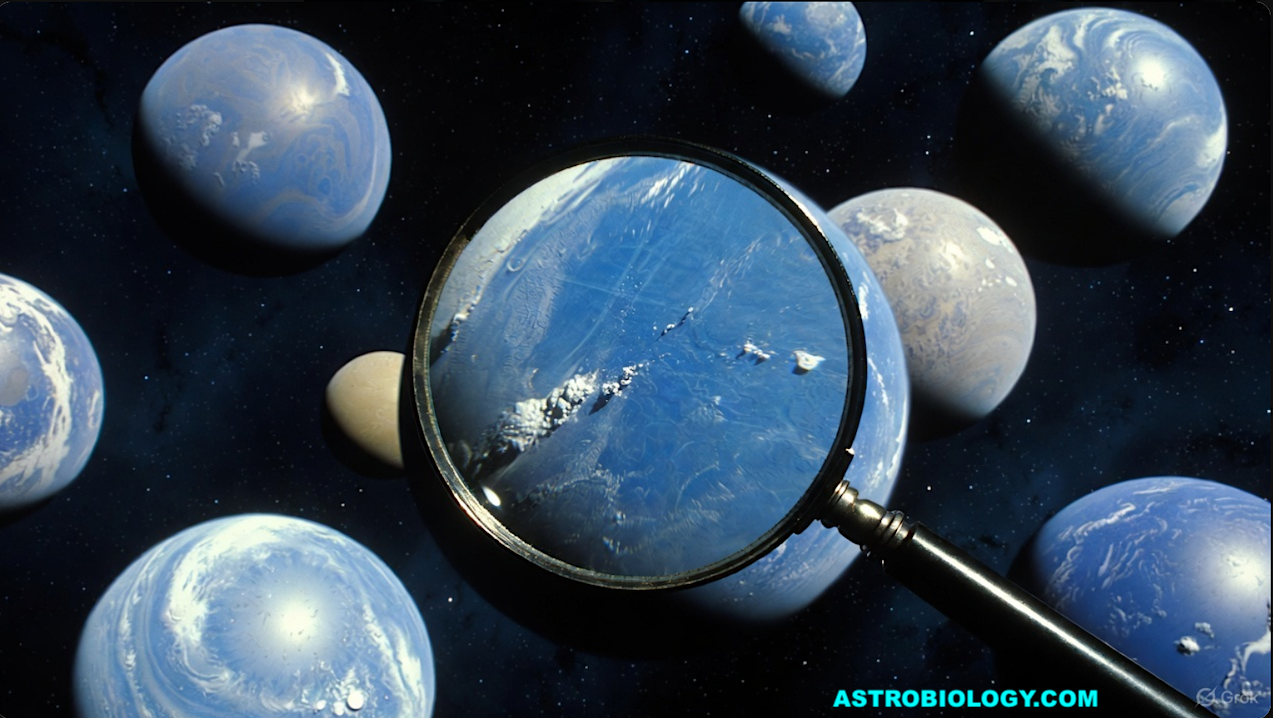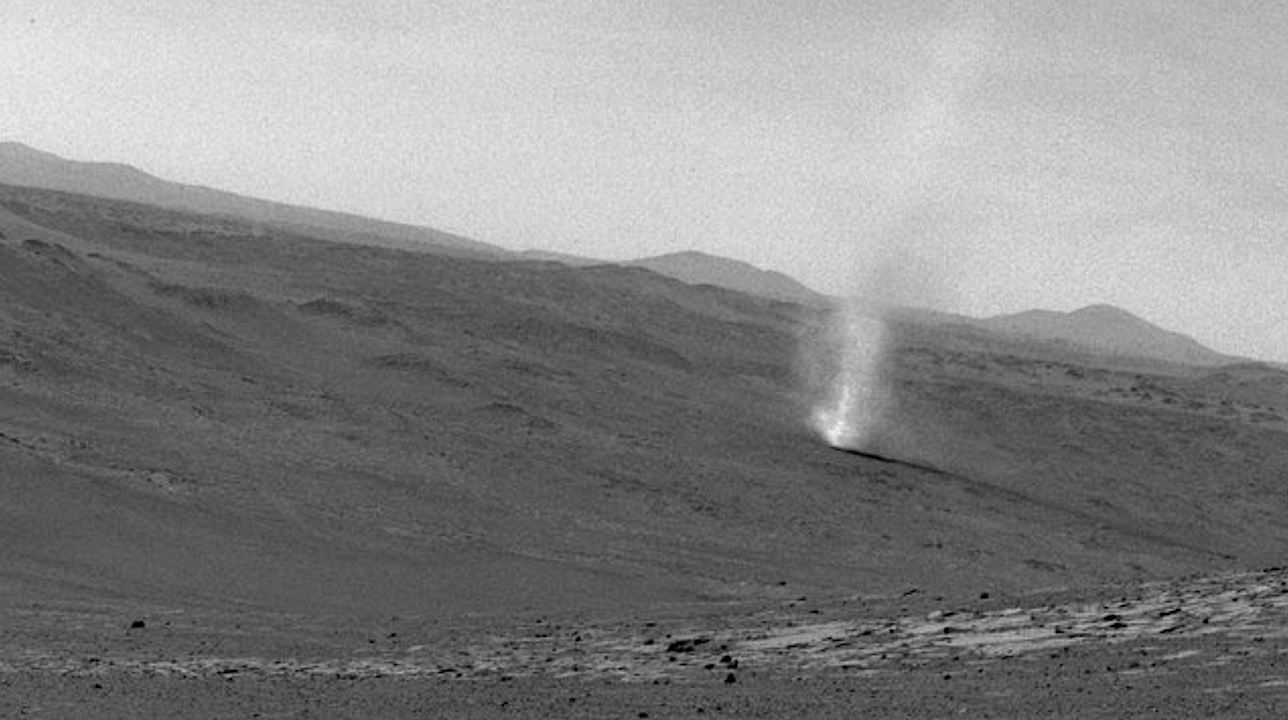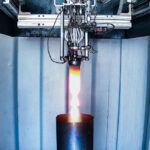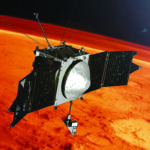Keith Cowing Explorers Club Fellow, ex-NASA Space Station Payload manager/space biologist, Away Teams, Journalist, Lapsed climber, Synaesthete, Na’Vi-Jedi-Freman-Buddhist-mix, ASL, Devon Island and Everest Base Camp veteran, (he/him) 🖖🏻 Follow on
Astrobiology4- Page
The abstract in PubMed or at the publisher’s site is linked when available and will open in a new window. Carter KJ, Ferguson CR, O’Grady CS, Poczatek MJ, Chen X,
Red, green and blue represent Chandra X-ray images of O- (0.6–0.85 keV), Si- (1.76–1.94 keV) and Fe-enhanced (6.54–6.92 keV) regions, respectively. The white grids indicate the fields of view of our two-pointing
Comet 3I/ATLAS As Seen By ESA Juice Navigation Camera Larger images — ESA During November 2025, ESA’s Jupiter Icy Moons Explorer (Juice) used five of its science instruments to observe
The Investigating Ocean Worlds (InvOW) project will measure organic compounds across three domains: the subseafloor (A), the ocean (B), and the cryosphere (C), with a goal of helping NASA apply
Extraterrestrial Materials Academy (ETMA) – LIP/USRA The Extraterrestrial Materials Academy (ETMA) is scheduled for June 8–August 15, 2026, at the Lunar and Planetary Institute (LPI) in Houston, Texas, in partnership
Calculated vertical distribution of abundances for the warm Neptunes GJ 436b and GJ 1214b. The solid lines correspond to the mean abundance, the shaded areas to the range around the
A First Order Filter For The Detection of Potentially Habitable Exoplanets — Grok via Astrobiology.com The search for potentially habitable exoplanets is a primary objective in modern astrophysics, yet the
Perseverance confirmed a long-suspected phenomenon in which electrical discharges and their associated shock waves can be born within Red Planet mini-twisters. — NASA NASA’s Perseverance Mars rover has recorded the
Complex Life Developed Earlier Than Previously Thought The research led by the University of Bristol was published in the scientific journal Nature 3 December, the research indicates that complex organisms
-
 012024 in Review: Highlights from NASA in Silicon Valley
012024 in Review: Highlights from NASA in Silicon Valley -
 02Panasonic Leica Summilux DG 15mm f/1.7 ASPH review
02Panasonic Leica Summilux DG 15mm f/1.7 ASPH review -
 03How New NASA, India Earth Satellite NISAR Will See Earth
03How New NASA, India Earth Satellite NISAR Will See Earth -
 04From Polymerization-Enabled Folding and Assembly to Chemical Evolution: Key Processes for Emergence of Functional Polymers in the Origin of Life
04From Polymerization-Enabled Folding and Assembly to Chemical Evolution: Key Processes for Emergence of Functional Polymers in the Origin of Life -
 05And Thus Begins A New Year For Life On Earth
05And Thus Begins A New Year For Life On Earth -
 06Astronomy Activation Ambassadors: A New Era
06Astronomy Activation Ambassadors: A New Era -
07SpaceX launch surge helps set new global launch record in 2024


